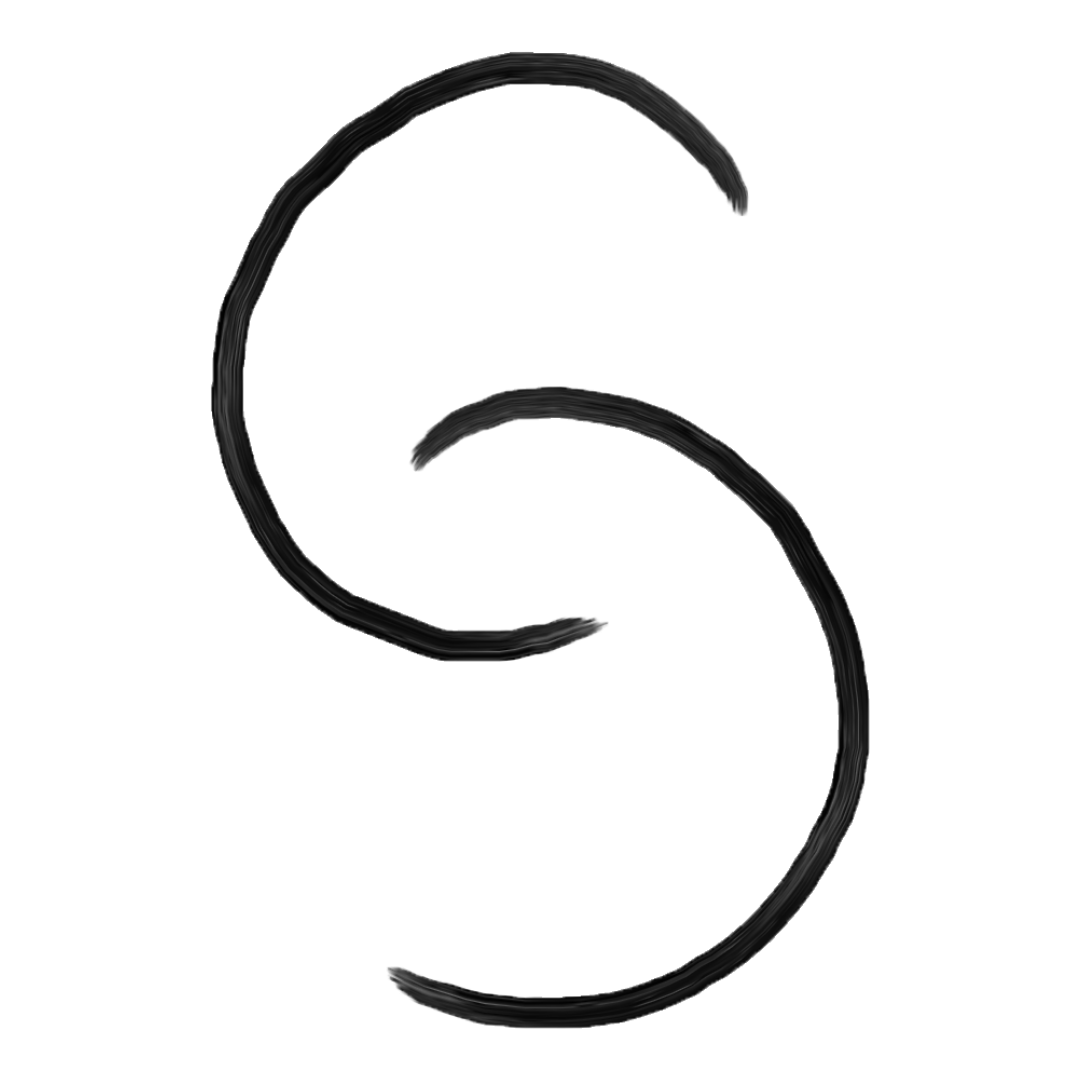"I Used a Condom and Got Chlamydia": Understanding Safe Sex
Today, we embark on a crucial discussion about safe sex practices. The phrase "I used a condom and got chlamydia" might raise eyebrows, but fear not – we're here to demystify safe sex. Join us on this enlightening journey as we explore how to use a condom, delve into the world of how to use dental dams, and gain a deeper understanding of STI prevention.
Understanding Chlamydia
Now, let's shine a light on chlamydia, the silent intruder. “Chlamydia is caused by bacteria. It is one of the most common sexually transmitted diseases in the U.S. This infection is easily spread because it often causes no symptoms. That means you can pass chlamydia to sexual partners without knowing it. In fact, about 75% of infections in women and 50% in men have no symptoms. If you don’t treat it, chlamydia can cause serious complications”. (“Chlamydia”, WebMD)
Chlamydia Symptoms:
In men, chlamydia can show up, within 1 to 3 weeks after contact, as:
Small amounts of clear or cloudy discharge from the tip of your penis
Painful urination
Burning and itching around the opening of your penis
Pain and swelling around your testicles
In women, chlamydia can show up, within 1 to 3 weeks after contact, as:
Abnormal vaginal discharge that may have an odor
Bleeding between periods
Painful periods
Abdominal pain with fever
Pain when you have sex
Itching or burning in or around your vagina
Pain when you pee
Unprotected sex can also lead to chlamydia in other body parts like your anus, throat, and eyes.
The Role of Condoms in STI Prevention:
Let's start by illuminating the superhero of safe sex – the condom. While these trusty protectors excel at preventing unwanted pregnancies, there's a common misconception about their ability to shield against all sexually transmitted infections (STIs). Mastering "how to use a condom" correctly is the key. When wielded properly, condoms play a vital role in reducing the risk of STIs, including chlamydia.
How to Use a Condom Properly:
Now, let's delve into the specifics of using condoms correctly. "How to use a condom" is not merely about the act of putting it on; it involves choosing the right size, checking expiration dates, proper storage, and mastering correct application techniques. In this comprehensive guide, we'll walk you through the step-by-step process, ensuring you maximize the effectiveness of this essential barrier method.
Understanding how to use a condom is crucial for maximizing protection. Follow these steps for optimal effectiveness:
Check the Expiration Date:
Before use, ensure the condom is within its expiration date. An expired condom may compromise its integrity.
Open the Package Carefully:
Use care when opening the condom package to avoid tearing or damaging the condom. Be mindful of sharp objects nearby.
Check for Damage:
Before unrolling, inspect the condom for any signs of damage, such as holes or tears. If damaged, discard it and use a new one.
Pinch the Tip:
Pinch the tip of the condom to leave a small space for semen. This prevents air bubbles and reduces the risk of breakage.
Unroll to the Base:
Unroll the condom all the way to the base of the erect penis. Ensure there is no slack and that it stays in place during intercourse.
Beyond Condoms: How to use a Dental Dam:
Having covered condoms, let's shift our focus to dental dams. If you're not familiar with them, no worries – we've got you covered. "How to use a dental dam" is the question we'll answer. Dental dams are the unsung heroes of safe oral sex. Using a dental dam for oral sex is a simple yet effective way to reduce the risk of sexually transmitted infections, including chlamydia. Follow these step-by-step instructions to ensure optimal protection:
Select a High-Quality Dental Dam:
Choose a dental dam made of latex or polyurethane. Ensure it is within its expiration date and has not been damaged or compromised.
Wash Your Hands:
Clean your hands thoroughly with soap and water to minimize the risk of introducing bacteria during the process.
Unwrap the Dental Dam:
Carefully open the dental dam packaging, taking care not to tear or damage the material.
Inspect for Damage:
Before use, visually inspect the dental dam for any signs of damage, such as holes or tears. If you notice any defects, discard it and use a new one.
Place the Dental Dam in Position:
Position the dental dam over the genital or anal area where oral contact will occur. Ensure that the dam covers the entire area that will come into contact with the mouth.
Hold the Dam in Place:
Use your hands to hold the dental dam securely in place. Alternatively, you can ask your partner to assist in keeping it properly positioned.
Engage in Oral Sex:
Proceed with oral sex while maintaining the proper placement of the dental dam. Be mindful of any adjustments needed during the activity to ensure continuous protection.
Dispose Properly:
After use, carefully remove the dental dam, making sure not to spill any fluids. Dispose of it in a proper receptacle, avoiding any contact with mucous membranes or open wounds.
Wash Hands After Removal:
Wash your hands thoroughly with soap and water after removing and disposing of the dental dam to maintain hygiene.
Open Communication in Sexual Health:
Transitioning to communication, let's discuss talking – communicating with your partner about sexual health is as crucial as the practices themselves.
Phew! We've covered a lot, but remember, this is an ongoing conversation. Prioritize your sexual health, communicate openly with your partner, and stay informed. Whether you're mastering "how to use a condom" or exploring dental dams, each step contributes to a safer, healthier experience. Here's to a world where the phrase "I used a condom and got chlamydia" becomes a thing of the past!

